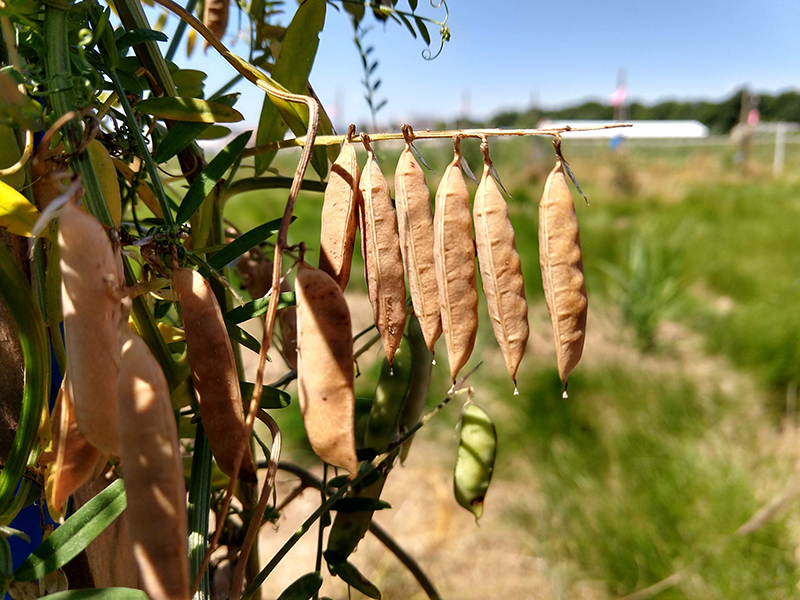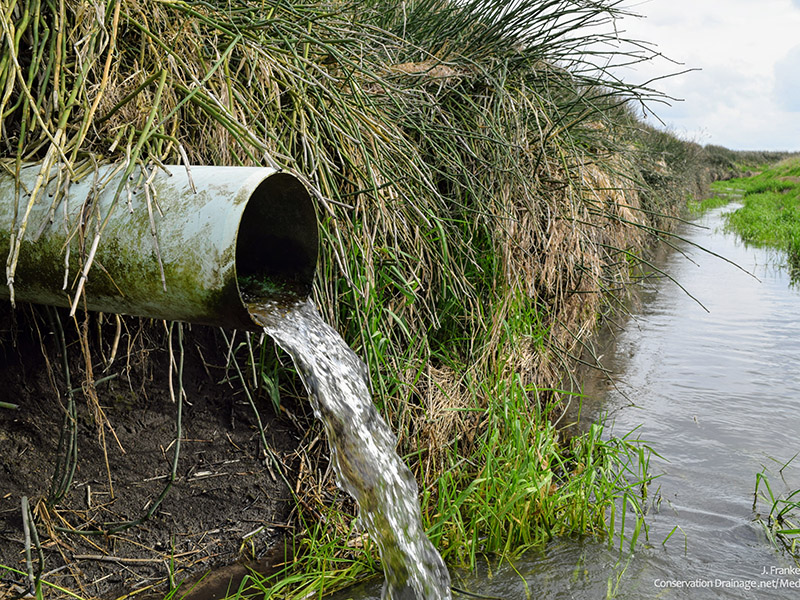Agronomy

The perfect cup of morning coffee. Before you even purchase the beans at the store, many things must go right before that great-tasting coffee can be poured into your favorite mug. It starts in the soil where farmers grow the beans. For example, Brazil is the world’s biggest coffee producer, and the soils there can cause problems for coffee plants.

Both chemical fertilizers and cover crops can help build the nitrogen content in soil. But cover crops come with many other benefits, like improving soil structure and boosting beneficial microbes.


Sunflowers have many uses. They are used for floral arrangements, animal feed, biofuels, and even food for us.

When grown commercially by farmers, the quality of sunflowers is based on the oil and protein concentrations in the seeds.

Lima beans are packed with nutrients. They are an excellent source of protein and fiber. They are rich in vitamins and minerals.

Lima beans are also good for the environment and farmers. They are effective as cover crops and as green manure.

Traditional crops are not a good match for all farmland, such as parts of the North Carolina Piedmont region.

Here, farmers need more options because some of the soils are poor, have been eroded, and often experience drought. Bioenergy crops may be a good option on these lands.

As most kids know, a big pile of mud can be a load of fun.
But not for farmers. Muddy fields mean too much water. And too much water means crops might not grow well.

Bioreactors are underground trenches filled with woodchips. They have been gaining traction as a tool to remove nitrogen from the water in agricultural settings. 

Double cropping is a practice where farmers harvest one crop, and then plant and harvest a second crop in the same field – all within the same year. It allows farmers to make the most out of the limited growing season.


Popcorn. What would movies and sporting events be like without this salty, buttery snack? America’s love for this snack goes beyond these events. We consume 15 billion quarts of popped popcorn each year.



